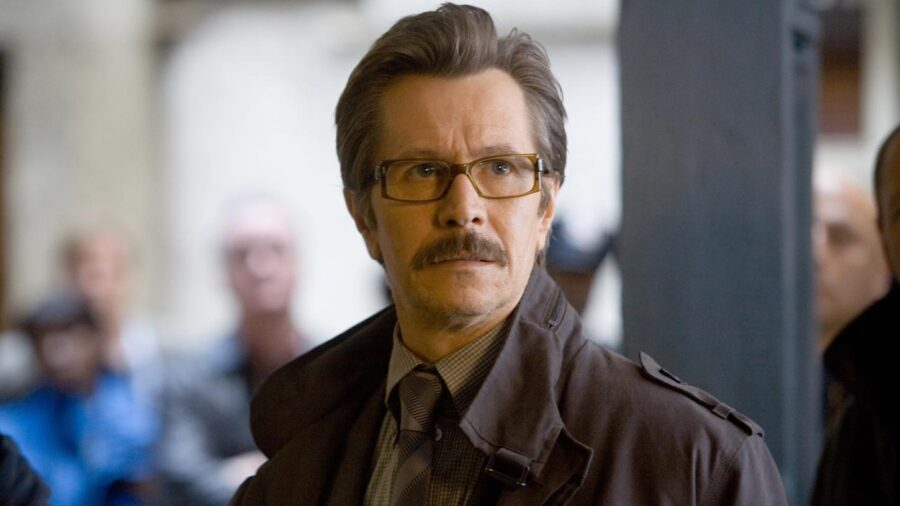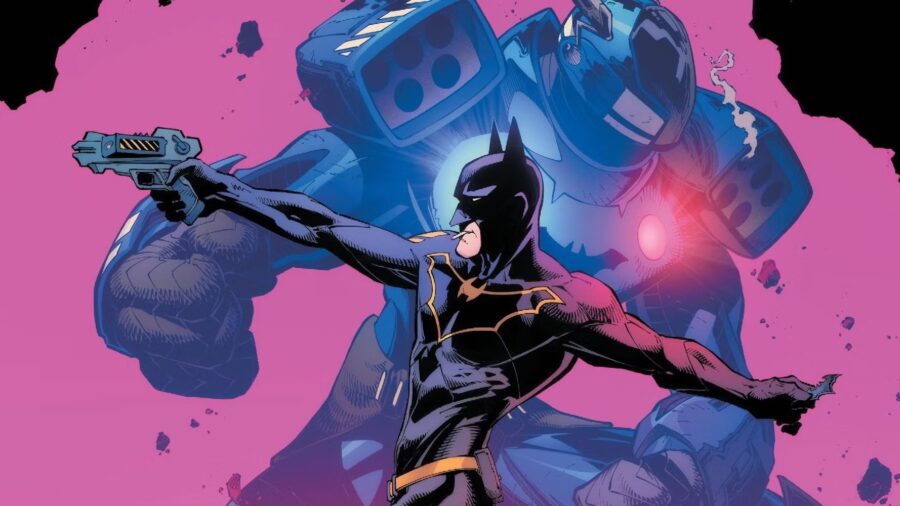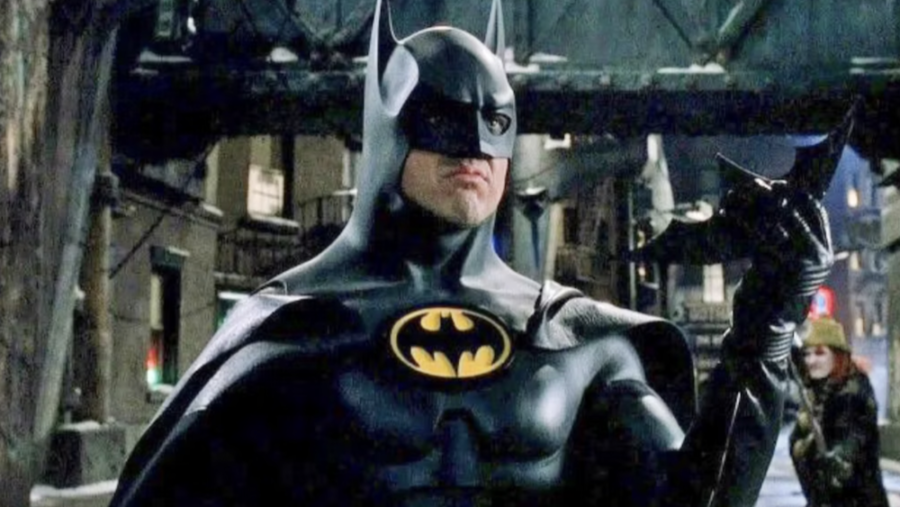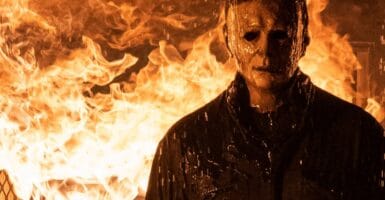The Worst Batman Of All Time Was Jim Gordon

There’s been a few different characters under the cowl of Batman over the decades, from Dick Grayson (Nightwing) and Jean-Paul Valley (Azrael) in the 90s to Thomas Wayne in the Flashpoint universe, but none have been as absurd as when Jim Gordon suited up as the Dark Knight. For a year in the Batman comic, Commissioner Jim Gordon used Bat-themed power armor and his version of the suit to fight crime in Gotham. It was a bold decision for DC to take, and while they should be applauded for doing something different, it was a very strange arc.
Running through Batman #41 – 50 (2015 through 2016), the “Heavymetal” arc followed up “Endgame,” which, fittingly, ended with the apparent death of both Joker and Batman. To fill the void, Jim Gordon stepped in, supported by the Gotham City Police Department, and armed with a suit of power armor he called “Rookie.” The suit included rocket launchers, an EMP, an advanced computer, built-in combat A.I., and batarangs.
I know what you’re thinking, and it makes no sense that Jim Gordon, closer to retirement than not, is suddenly able to go toe-to-toe with a member of Batman’s rogue’s gallery, and you’d be right. Writer Scott Snyder placed emphasis on Jim Gordon’s background as a marine in almost every other text box. While it was irritating at the start of the run with Gordon suddenly becoming muscular, with a shaved head and no mustache, when the story turned and embraced how bad he was at filling in for Bruce, the real reason for this wild character shift became clear.
No One Can Take Over As Batman

Throughout the “Superheavy” storyline, Jim Gordon has to deal with a new Batman villain, Mr. Bloom, a strange, Slendarman-looking villain that empowers others through “seeds.” Lanky, powerful, and seemingly insane, Mr. Bloom was a new level of villain that Gordon and the GCPD struggled to handle, even with all of the high-tech gadgets at their disposal. Unable to handle the new super-powered threat, Gordon sought out help from Bruce Wayne.
Suffering from amnesia due to the climactic fight with Joker in “Endgame,” Bruce can’t remember he’s Batman, while Alfred is actively trying to stop anyone from restoring his memories, insisting that for once, Bruce is finally happy. And it’s true, working alongside his girlfriend Julie in a shelter, Bruce truly is happy. The problem is that Mr. Bloom takes over the city, nearly killing Gordon in the process, and the world needs Batman….the real Batman.
In Batman #50, as he’s falling to his death, Jim Gordon gives a speech that he wanted to give earlier when he was about to be fired as Batman, insisting that he was scared to live in a world without a Batman. He thought justice in Gotham required a Batman, a symbol to fight nightmares in order to inspire everyday citizens to face their daily lives. According to Gordon, Batman believes in Gotham and that the citizens can save themselves if someone gives them just a little hope.
Batman Is Bigger Than Bruce Wayne

As part of the trinity of DC, alongside Superman and Wonder Woman, Batman is a symbol, and despite the darkness he covers himself in, he’s a symbol of justice. Bruce Wayne is Batman, but Batman is more than the man in the cowl, which is why Jim Gordon agreed to take over in the first place. Gordon fails to inspire and ends up leaving the citizens of Gotham in more fear than before, but Bruce, with one moment of heroism as he catches a falling Duke following the battle with Mr. Bloom, lets the people of Gotham know that their hero has returned.
Jim Gordon’s failure as Batman was always intended to make the real deal important again following the stories “Endgame,” “Zero Year,” and “Night Of The Owls,” all of which broke him down and deconstructed the myths of Batman. Other heroes have filled in, to varying degrees of success, but none have been able to embody the myth, legacy, and history of what it means to be Batman like Bruce Wayne.












